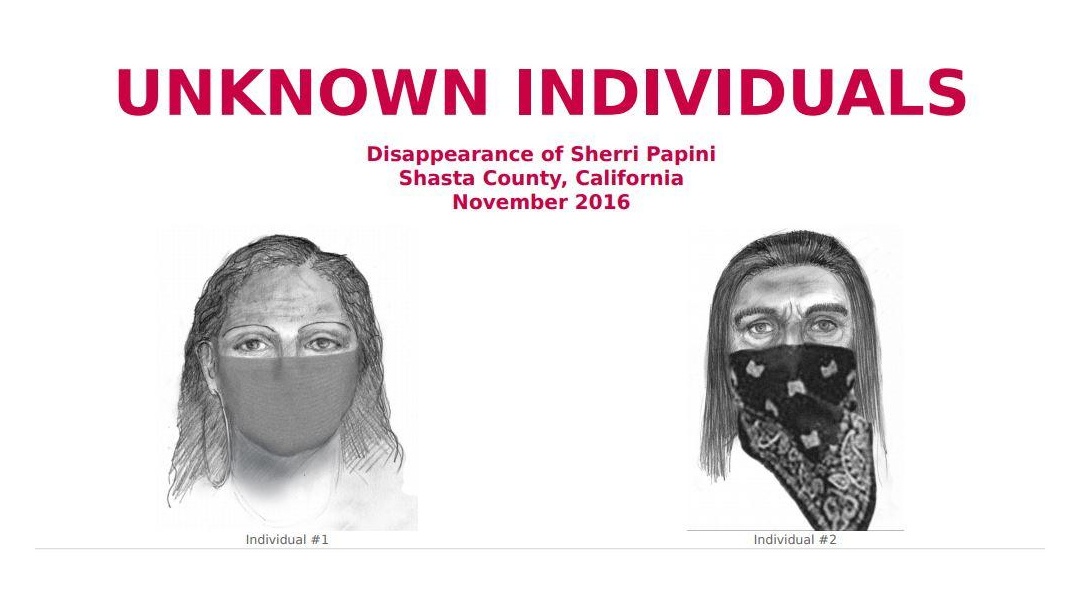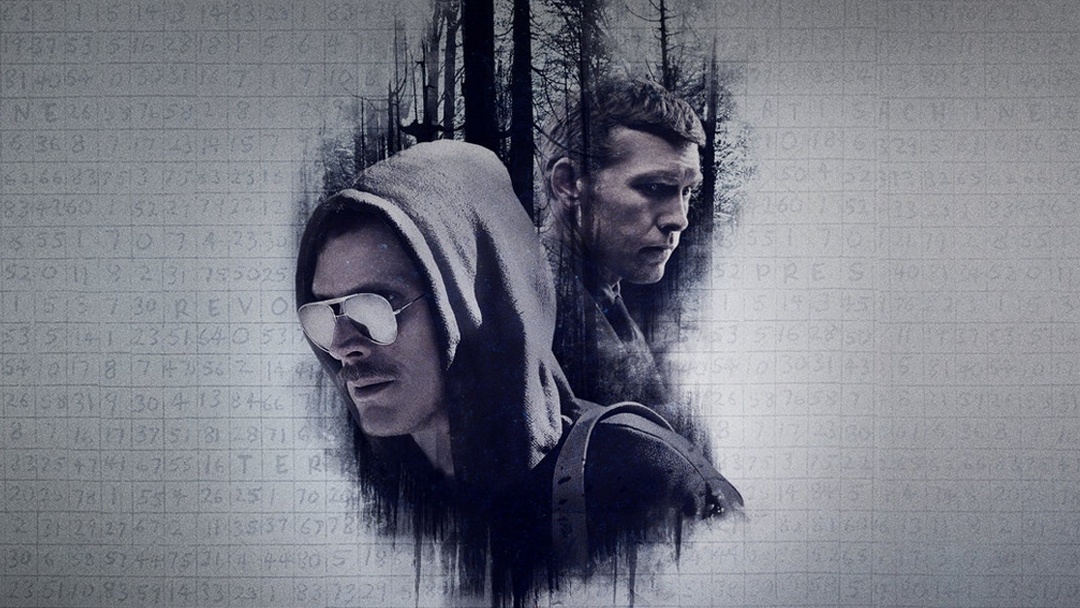Often, interviews with and debates between Mystery Masters will enliven our study of mystery.
But first, some opening observations. For M.O. Mystery, working full-time in the field of True Mysteries for several years has taught us a lot, and not always what we might have expected.
That’s partly because the best mysteries are like nesting dolls, with a surprise inside of a conundrum inside of a mystery. Or like an onion as you peel away layer after layer, your eyes watering. You begin looking at the straightforward matter of who might have kidnapped the son of the most famous man on the continent, Charles Lindbergh, back in 1932. You end up looking at the tragic suicide of a household maid after aggressive questioning, at other facts that make you wonder about an inside job, the unusual power of Charles Lindbergh in his day to basically run the investigation, Lindbergh’s history of cruel practical jokes even involving his son, the stories of the child’s physical imperfections that embarrassed Lindbergh, the dead child’s body found months later, and so much more. You started out with a simple detective’s notebook and ended up going down many an interesting rabbit hole.
Indeed, every great mystery provides a lively, illustrated article about time and place. People alive in 1994 probably remember the televised “great chase” from Los Angeles–O J Simpson on a run to nowhere in his Bronco with a weapon and an urge to suicide. Millions of people followed it live. Superstar defense lawyer Alan Dershowitz declared him guilty on-air, then later worked in the limelight to get him off.
Nicole Brown Simpson had been battered by OJ, and declared “he’s going to kill me one day.” Thus O J’s case– he was alleged to have sliced his ex-wife and her male friend to bits with a knife–had all the elements in one package. A good-looking, superstar athlete accused of murdering his even better looking ex-wife, all with a backdrop of blood-gushing violence, amid ritzy Los Angeles living. What more could the front pages want?
It turns out that much of the remarkable stuff about the OJ case had nothing to do with people getting their throats cut open from ear to ear. There was a police department, however well-intentioned, that couldn’t get their act together even when they knew everything they did would be viewed under a microscope. They had OJ in a room about to confess, or implicate himself, and changed the subject to small talk. Another bit player for the LAPD was apparently the angry, racist cop from hell, but that should never have played a factor in the trial. Yes, OJ is Black. But Mark Fuhrman had such a limited role in the big picture that putting his character on trial was an enormous blunder by Judge Ito, at least in hindsight.
In this view the Judge was constantly bullied by the “Dream Team” of defense lawyers.
Some feel that a “Motley Crew” of attorneys would have been a better description. Their lousy behavior sustained every lawyer joke ever told, and set respect for the legal profession back years, they say. Others feel that a minority community, mistreated in LA for generations, finally got to push back and finally got some justice with OJ’s acquittal. Yet a lead attorney for the defense conceded that they played the race card, “from the bottom of the deck.”
The point of all these threads of the story, and many other dimensions, is that you set out to contemplate a murder of frightening violence, and end up aghast at so many other things. What kind of undignified Reality Show did they put on in California that year? Who’s idea was it that such trials are broadcast out to the world, as entertainment? Isn’t justice-lost-in-the- process kind of an obvious result?
Almost every U.S. American, and millions around the world, gave at least some attention to the OJ Simpson murder case. But beyond the sensation, if you wanted a portal into Southern California in the 1990’s, into the strained race relations, into law enforcement at its best and worst, into the legal profession, into domestic abuse, into the lives of the rich and famous…this was your chance to dive deep, and be amazed again, and again.
Besides the remarkable backstories and sidebars that come along with every mystery, we’ve learned other valuable lessons, of which we’ll share one more in this post.
That is, simply, how challenging it is to maintain an open mind. Bias grows on us constantly, like a weed that’s hard to get rid of. As we learn about any mystery–a murder, a sensational theft, an historical conundrum–it’s natural to develop a “working theory” whether we intend to or not. Then “confirmation bias” all too often kicks in: we notice the things that support that theory, and gloss over contrary facts.
There should be a “twelve step” program to keeping an open mind, starting with admitting the problem, and a commitment to keep evaluating evidence, to let all the facts in, to keep learning. That’s so easy to say, so hard to do.
In future posts, we’ll attempt to look at some of these perplexing issues, and, hopefully, to look at them from all sides.
Until then..
DHB- August 27, 2021





